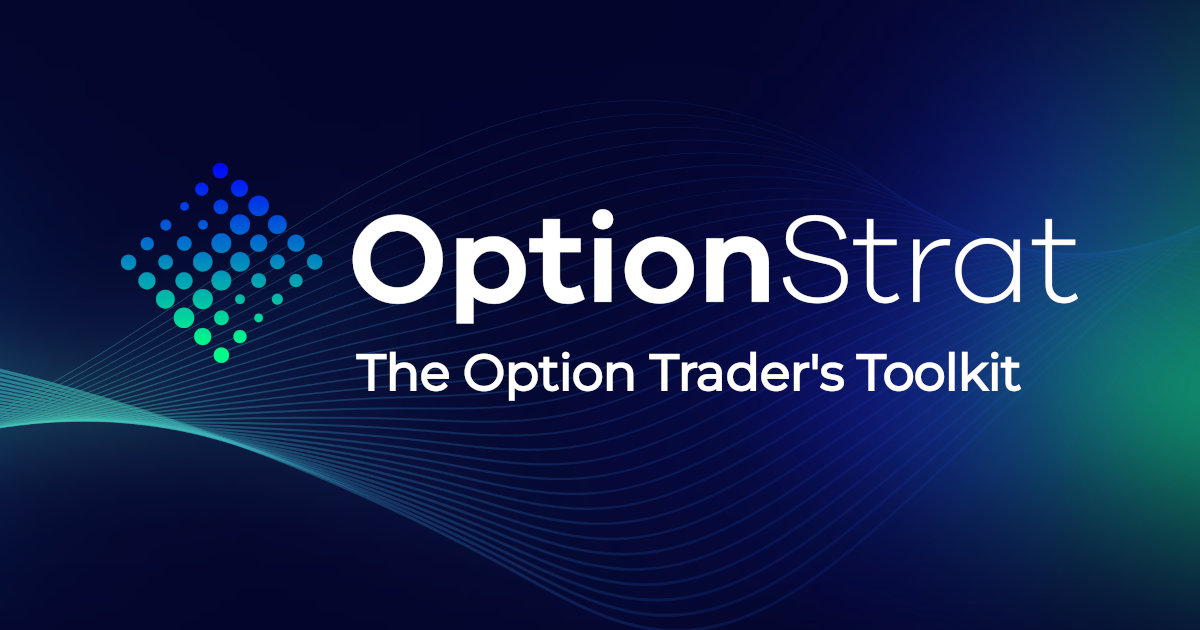This "fix" would be good approach for a DITM bps, same expiry only, correct?
At the peak you'd sell the long side in exchange for a lower strike (requires additional margin until low hits). At the low, buyback the short and sell a lower strike to form the "less DITM" bps (frees additional margin assuming same width) ???
Not necessarily. You have a few different outcomes to aim for:
Replace bps with one of same expiration but lower strikes of both legs, for example
900/700 -> 875/675
Replace bps with one of same expiration but lower the short strike only
Replace bps with one of different expiration and same strikes or different strikes. For example, I have 1050/800 spreads that I want to roll out but it requires a debit or widening (costing margin). Ideally, buy the 800 at a later expiration date when the stock rises and sell the 1050 or lower when the stock falls. If the stock doesn’t fall - well, yay.
Start by identifying target replacement spreads that meet your profit or cost goal if the long leg can be purchased at a share price of $20-$50 above where you expect to sell the short strike. The safest approach would be to buy the long leg first, essentially buying an insurance put when the stock price rises. Then, if the stock falls below the value that you bought the long leg sell the short leg. Use the proceeds to buy back the one you wanted to replace.
*Edit -> Keep in mind the effect of theta decay. As each day passes you’ll need the share price to fall more to break even or reach your profit goal. So this would work best if you can pull it off within 1-2 days or even intraday.
Last edited:




